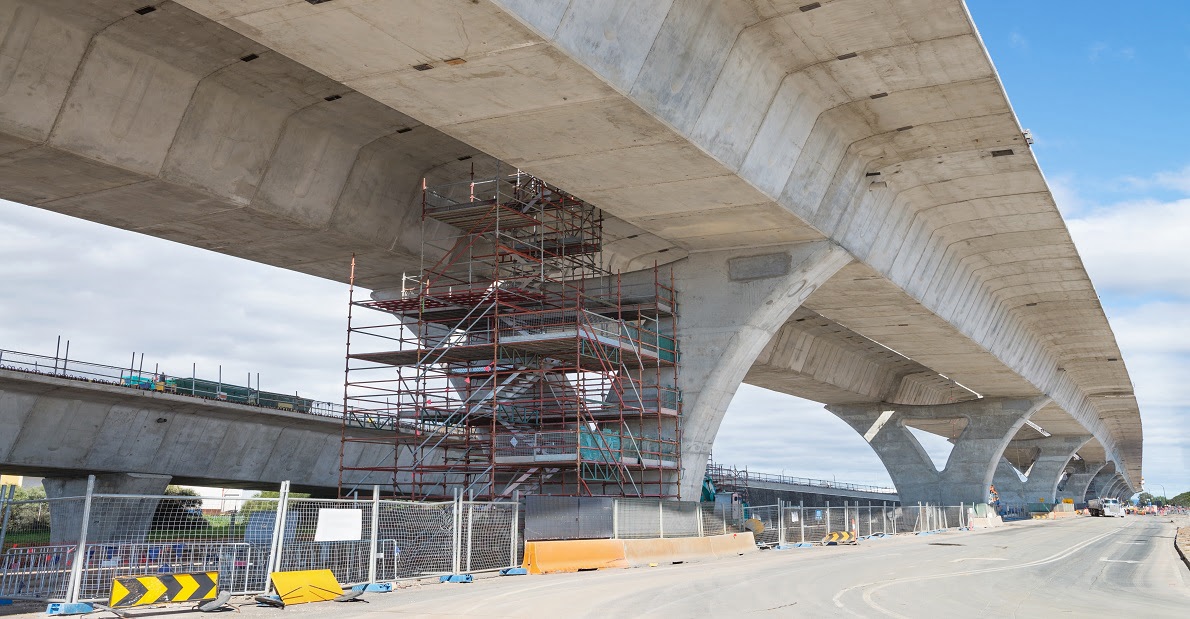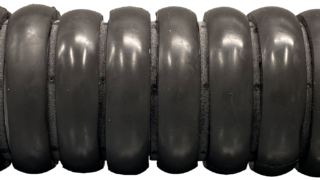-Make quality control a success for newly built infrastructures with ultrasound inspection
Infrastructures for a long time have been an important part of human habitat, and this is attributed to assurance of safety. In our lifespan, we dwell closely around concrete structures and their ecosystem. However, concrete being an integral part is rarely inspected or evaluated at the time of delivery. This means that our built world made up of tons of concrete was open for use without any documentation that speaks about its internal state at the time of delivery. The integrity and sustainability of any structure rely on factors such as design, material, and build quality. Current inspection methods have a design and material related evaluation process to assure project goal is served, but no inclusion of concrete inspection after its curing puts the whole infrastructure at risk.
Building codes today include minimum construction standards
Concrete is the second most consumed product after potable water. However, being used to build everything, the inspection process is not standardized. The assessments that are in place differ country-to-country. The mandatory requirement for concrete inspection in building codes or construction standards and the use of multi technologies to evaluate the internal state of concrete can help construction companies deliver defect-free projects to the asset owners.
Need for concrete’s inspection before the handover
The worst nightmare for any asset owner is to see asset deterioration, leading to a collapse. For many years, the schedule of concrete asset inspection is planned once the structure gets older or show signs of degradation caused due to internal defects. This approach of reactive maintenance can turn small deficiencies such as air pockets and multiple coarse cavities into an expensive problem, leading to a scarce timeline for repair or even compromising the whole structure.
The need here is to make structures safe and reliable right in the first place, which can help to make the concrete structure more sustainable. And this can be achieved easily through inspection and documentation of the specific new built structure.
Oscar E. Ohna, Bidding Support, Plant & Equipment Specialist at Webuild Group said, “Most of the inspections happen when the concrete is wet, samples are taken on every stage. However, once the concrete is set, that’s exactly where Elop Insight can be used. To look inside the concrete, we require some efficient equipment. So far, point scanners are used to inspect the internal state, until we came across Elop Insight. The results from Elop Insight were detailed.”
Challenge to inspect
The stage of delivery is as crucial as the foundation stage. While talking about the challenges of inspecting the structure, Oscar mentioned, “Usually the structures are so large that quality check cannot be done post completion of the project. Also, this decision of performing an inspection depends on the customer. Inspection is an ongoing process, for now, once the project is completed, documentation and inspection become a complex task due to the structure size and time needed to inspect every internal and external area.”
Errors can lead to defects in the structure
Considering the availability of cement and limestone and their performance characteristics, concrete will still be the most preferred construction material globally. Hence, concrete is here to stay longer, so are defects, if a concrete structure remains undiagnosed. According to a study, half of the defects occur at the stage of construction. These defects can be due to design error, low-grade materials and products, operation deficiency, and most important is no commissioning of inspection for built structure. So, to ensure the safety and quality of built structures, it is important to evaluate and document the finding precisely based on the defects post erection of the concrete structure.
Lack of technologies to make quick inspection possible
Preventive maintenance is increasingly becoming an essential strategy in the bridge industry owing to its proactive advantage of maintaining structural sustainability during its entire service life. Several in-use constructions lack an effective maintenance solution, leading to extra cost during the operation stage. To document every finding before a project handover is a complex process, as there is no single technology that ticks every checkbox on the inspection list.
How Elop ultrasound technology could be a solution
Oscar while addressing ultrasound for concrete inspection said, “There has been lots of innovation ongoing in concrete. The world has been using point scanner until now, as ultrasound technology is the only technology suitable for such as a high-quality inspection due to its high depth penetration capability.”
He says, “when we used Elop’s method to scan a tunnel wall of around 250 sq meters, to my understanding those inspections gave excellent data for effective decision making. With this method, we can then document the finding and distinguish the defect based on construction or structural fault.”




